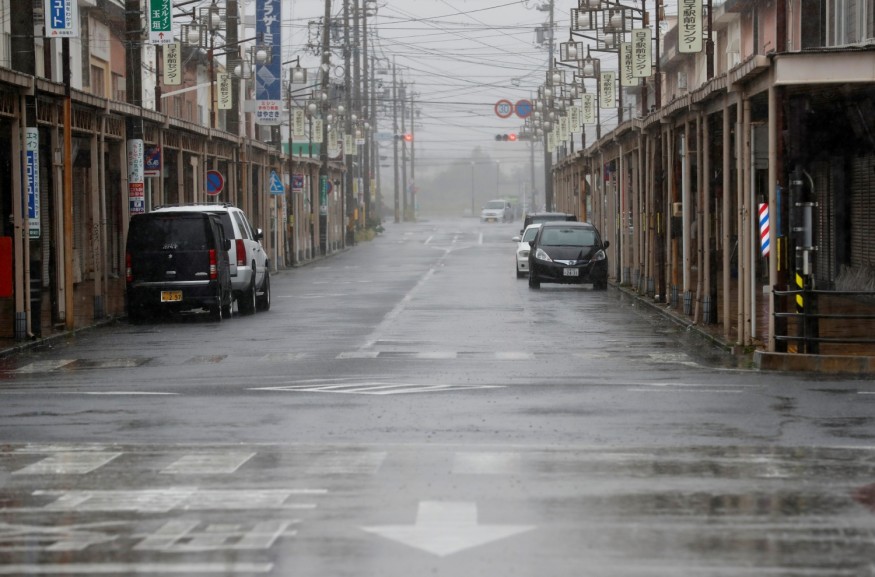
The sky might have turned into a beautiful purple, but Typhoon Hagibis still wrecked Japan, leaving the country paralyzed as it dealt with its aftermath.
Dubbed as the most powerful typhoon that hit Tokyo, Typhoon Hagibis had claimed the lives of at least 31 people and had forced to evacuate millions of citizens. The usually energetic Shibuya and Ginza, the entertainment and shopping districts, was deserted too, as rain and wind ravaged the capital.
Meteorologist Lauren Rautenkranz explained this phenomenon. She said the sky had turned purple because of the shorter wavelength; lights like blue and violet have scattered in every direction due to the influence of smaller particles in the atmosphere, which is known as "scattering," and the same phenomenon was also observed in 2018 in Florida, U.S.A. during the crisis of Hurricane Michael.
One of the victims was a man found in his flooded apartment without vital signs. Two died from the vehicular-related accident—one of them got hit by an overturned car while the other one got washed away by the raging flood while inside his vehicle. Another elderly woman died in Fukushima, after falling from the helicopter during a rescue mission.
At least 15 people are reported to be missing, while at least 190 were injured.
The land and transport ministry reported that the raging water of the river had collapsed the reeves, causing massive floods. Affected people were forced to stay on the rooftop as helicopters rescue them.
A railway bridge also collapsed, and at least 120 train carriages were damaged, according to East Japan Railways.
About 220 occupants and staff members were also stranded on a nursing home in Saitama Prefecture, north of Tokyo, as it got flooded. One of the male staff claimed that they were forced to carry the elderly upstairs because the power shut down, making elevators not accessible. No one was harmed.
At least 287 domestic flights and 66 overseas flights were cancelled, Japan Airlines reported. At least 60,000 passengers were affected.
Airports in Haneda and Narita in Tokyo had continued its operation in midday Sunday. Some high-speed and regular trains heading to the south of Tokyo had also resumed their service in the last afternoon.
Power service on at least 212,500 households has yet to return, power companies said.
Prime Minister Shinzo Abe said that at least 110,000 personnel from the police, fire department, coast guard, and self-defense forces had joined forces on the rescue operations. Although he had thanked them for their hard work, he still issued an order of deploying more pumper trucks to drain the flooded area.
Two matches—England vs. France, and New Zealand vs. Italy—got canceled. The game between Nambia and Canada in Kamaishi, Iwate, also got canceled at the last minute to ensure the player's safety.
The team of Canada was seen helping the clean-up operation in Kamaishi.
The total damage that Hagibis had brought to Japan is still unknown.
Typhoon Hagibis has weakened to a tropical storm as of Sunday.
© 2025 NatureWorldNews.com All rights reserved. Do not reproduce without permission.





